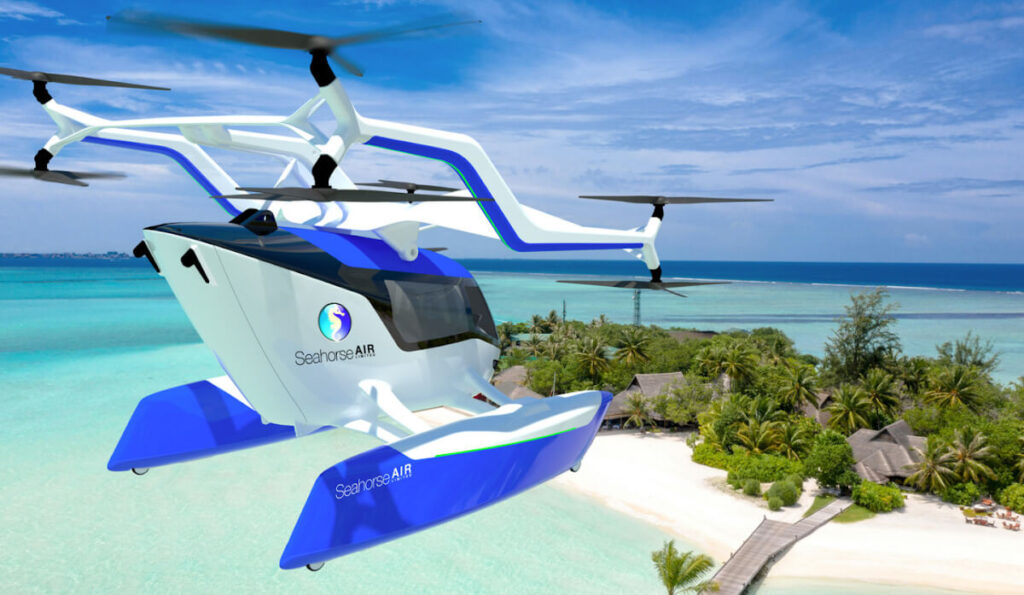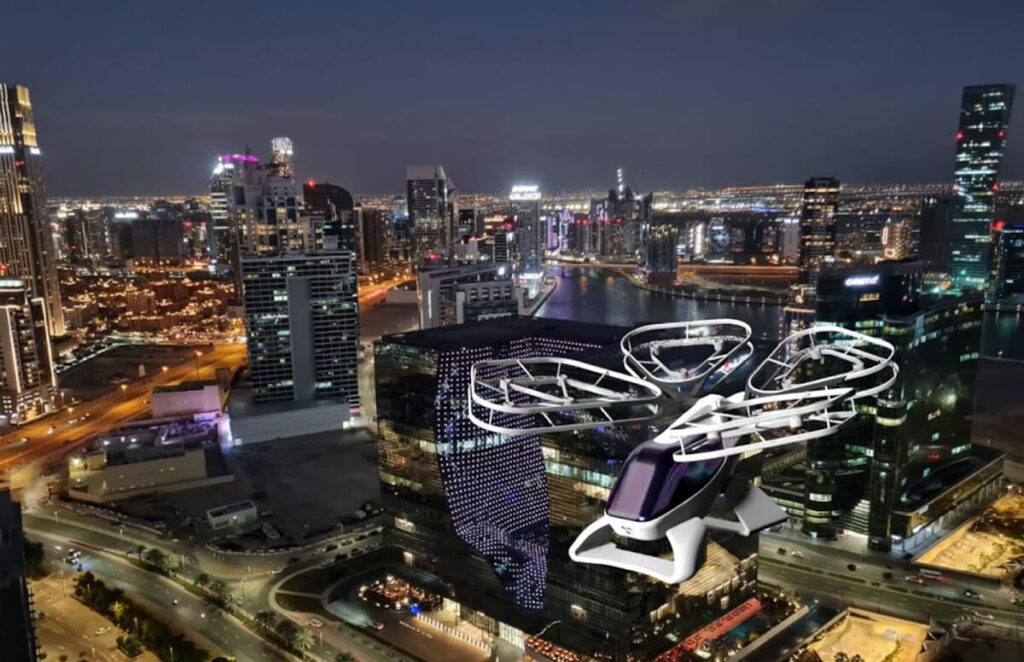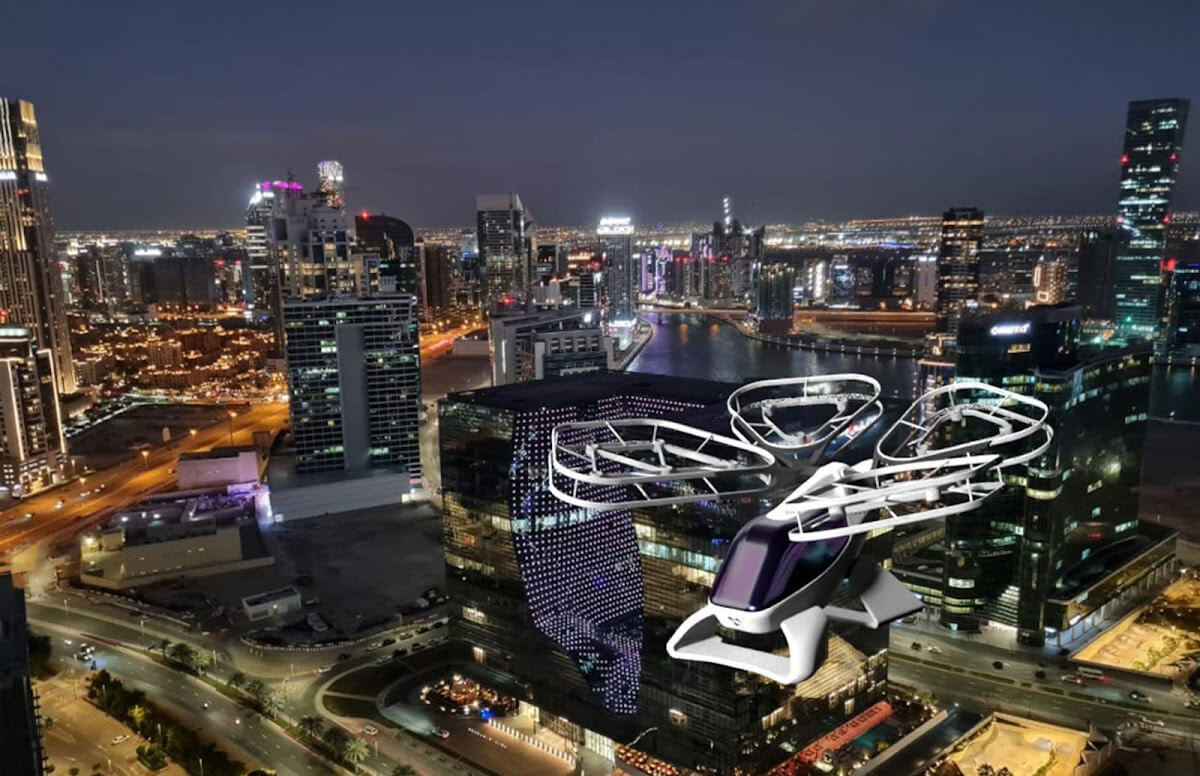Urban Air Mobility (UAM) has become a bit of a misnomer and a potential obstacle in the broader development of advanced air mobility (AAM) technologies. Let me explain why I think this is the case…and why we should literally shelve the idea of UAM for a while.
The Nature of AAM Technologies
At the heart of AAM are vertical takeoff and landing (VTOL) crafts that could be electric (eVTOL), hydrogen or internal combustion engine (ICE) powered. All of these potentially promise significant potential for passenger transport, air ambulances and cargo movement, particularly in urban environments currently plagued by traffic.
Despite their promise, they are still in the early stages of development. These technologies are yet to be proven with rigorous testing in real-world scenarios at scale. Therefore, we lack data validating their safety, efficiency and reliability in diverse environments. Since aviation is a safety-critical industry, continued extreme caution in regulatory permissions for deployment makes sense, especially in high-risk environments like dense urban areas.
The Risks of Early Urban Operations
UAM is marketed as a solution to urban congestion. However, this doesn’t align with safe technological evolution practices. Typically, new technologies are initially launched in less populated areas to minimize the consequences of failure. Operationally evaluating these systems in urban environments automatically introduces exponential increase in risk.
A malfunction in a city’s airspace—like New York City—could be disastrous and lead to irreparable public mistrust. Additionally, testing in cities complicates regulatory approval, airspace management and public perception, which would be far easier in more rural or suburban areas. The ATM systems are already struggling to cope with current loads and adding a whole new category of crafts in these dense urban airspaces would be a huge burden. The UTM systems will further complicate the issue to another new level.
This will be controversial, but here it is: failure is inevitable. As noted in a presentation at the London Air Taxi event, accidents will happen, as they do even with aircraft that have been in service for decades. The question is not if —but how many— failures are acceptable in the early years. With fewer players in the industry at first, failure rates will be small but still inevitable. As the industry evolves, the percentage of failures will surely go down, but the numbers will go up.
Another question is, can we even consider UAM a potential solution to congestion in large cities where there are millions of people? If deployed now, it would need to be done at a very small scale so, at best, it could serve a few hundred or a few thousand a day and that would not even make a dent in the real issue. However, if it is tried and tested in greater numbers elsewhere, giving time for ATM/UTM systems to be better exposed to the real operational issues, then AAM aircraft could then be deployed in higher numbers in the cities to be actually helpful in significantly easing congestion, at least for certain sections of society. That said, applications like air ambulances, could be a life saver and could be adopted earlier.

Alternative Approaches: SUAM, RAM, and MAM
Rather than focusing on urban areas from the outset, a better strategy would be to deploy AAM technologies in less risky regions, such as suburban, regional/rural or maritime environments. These areas provide a safer testing ground to refine the technologies before moving to higher-risk urban environments.
- SubUrban Air Mobility (SUAM): Suburban areas are less crowded, with smaller infrastructure. This makes them ideal for testing AAMs. Failures in these areas would have less severe consequences. This would provide an opportunity to improve the technology in real-world conditions without the complexity of high population density or congested airspace.
- Regional Air Mobility (RAM): Regional/rural areas, with their sparse infrastructure and large distances between towns and villages, offer ideal conditions for introducing AAM technologies. These regions have pressing needs for improved mobility, such as commute to cities, air ambulances and cargo delivery which are well-suited for technology trials.
- Maritime Air Mobility (MAM): Coastal areas or regions with large bodies of water offer another promising application for AAM technologies. Transporting goods and people between islands or across oceans could be tested in these areas, where airspace is less congested and the benefits of rapid transport are clear. A very important need in maritime regions that MAM would fulfil include search and rescue, as well as air ambulance services.
Flying AAM technologies in these alternative environments allows for more manageable risks, while also improving their efficiency and reliability. After proving their effectiveness in these settings, these technologies can be scaled to urban areas with a much higher degree of confidence.
The Role of Industry Buzzwords and Investment
UAM has become a hot buzzword to attract investors, governments and tech companies. The potential to address urban congestion and offer futuristic flying cars makes for an interesting narrative that promises billions of dollars in revenues. As a result, UAM has become a marketing tool by drawing attention to the massive investment potential in urban markets.
However, this focus on UAM can pressure the development and deployment of AAM technologies before they are ready for mass adoption. Investors and stakeholders are drawn to the idea of pioneering UAM, but this fixation on cities distracts from the more logical application of the technology in more appropriate environments.
Reframing the Narrative: UAM vs. AAM
The conversation should shift away from the focus on UAM to the broader concept of AAM. By doing so, the idea would not be, “we need to solve the issue of travel within cities and therefore let’s put eVTOLs into service.” The thought should be, “now that we understand what AAM can offer, lets see where these advanced aircraft fit best so that they serve a need while they are being tested both as a technology and as a complex transport system.”.
AAM can encompass a wide range of mobility solutions, including SUAM, RAM and MAM. This approach better captures the full potential of the technology and avoids being restricted by the limitations and perils of urban environments. By reframing the narrative, the industry can focus on sensible planning and responsible experimentation. This will ensure that AAM technologies are safe and effective before scaling to complex urban areas.

Onward and Upward
The intention of this article is not to undermine the proponents of UAM, but to share my concerns for discussion and present what I feel is a better way forward. I strongly believe that it’s in everyone’s interest for global industry leaders such as Archer, Joby and eHang to achieve mass-scale deployment in cities around the world. That would only be the first battle to win. Just think what would happen if there was an incident in any megacity. One single incident in this domain of UAM could set the entire AAM industry back potentially by decades. These products show great promise but should be used elsewhere initially to demonstrate the safety of the entire AAM ecosystem. Only then should they enter urban environments a few years later.
UAM has become a common buzzword driven by the allure of large investments and returns. While aiming to solve urban congestion, it risks overlooking the important realities around AAM development and deployment. The ideal approach would be to test these technologies in less populated, safer environments, such as suburban, rural or maritime areas. This will allow for the technology’s maturation and ensure that safety and efficiency are adequately proven before scaling to urban centers. Over time, as cities evolve, new urban designs could integrate AAM technologies seamlessly, supporting both intra-city and inter-city travel. For now, the focus should be on finding the right contexts for AAM technologies to grow into reliable mobility solutions.
* Deepak Pathania is the Co-founder and Chief Design & Innovation Officer at Seahorse Air Limited. He is an inventor with a master’s in industrial design from India’s premier design institute, NID-Ahmedabad. He seamlessly blends design and engineering, driven by constant innovation and problem-solving through materials, processes, and cross-disciplinary applications. With over 2500 prototypes, including a twinned-wheel bike and a 3-wheel car, his hands-on approach prioritizes building to test ideas over simulations. His team has developed 12 VTOL designs and 30+ flying prototypes in 3 years. A holder of 3 patents in other industries, Deepak also has 3 patents pending in AAM.
By: Deepak Pathania*

